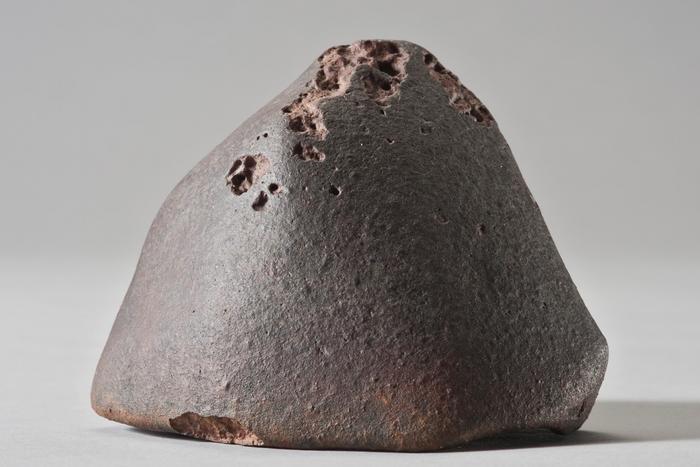Scientists find where most meteorites come from

Your support helps us to tell the story
From reproductive rights to climate change to Big Tech, The Independent is on the ground when the story is developing. Whether it's investigating the financials of Elon Musk's pro-Trump PAC or producing our latest documentary, 'The A Word', which shines a light on the American women fighting for reproductive rights, we know how important it is to parse out the facts from the messaging.
At such a critical moment in US history, we need reporters on the ground. Your donation allows us to keep sending journalists to speak to both sides of the story.
The Independent is trusted by Americans across the entire political spectrum. And unlike many other quality news outlets, we choose not to lock Americans out of our reporting and analysis with paywalls. We believe quality journalism should be available to everyone, paid for by those who can afford it.
Your support makes all the difference.Scientists have found where most meteorites comes from.
Some 70 per cent of all meteorites originate within just three families, according to the study.
Those families came about after collisions in the asteroid belt: one 5.8 million years ago, one 7.5 million years ago, and another 40 million years ago. One of them, known as the Massalia family, is responsible for 37 per cent of asteroids on its own.
The three families giving rise to so many asteroids is a result of the fact that they are relatively young. Because they have not been around long, there is still many fragments left behind and floating around space, and their quick movement means that they can easily escape out of the asteroid belt – and maybe towards Earth.
Researchers were also able to identify the origin of yet more. Taken together, it means that researchers know where more than 90 per cent of meteorites originated.
And it also means that scientists have been able to trace the origins of the kilometre-sized asteroids that could threaten Earth and have been a particular focus for recent space missions.
With the rest of them unknown, however, scientists hope to conduct yet more research on those asteroids and focus on younger families that might account for the remaining 10 per cent.
The discoveries were made after scientists surveyed the major meteorite families in the belt, as well using computer simulations to understand how they may have collided and moved around.
The findings are reported in a host of new papers: one published last month in the journal Astronomy and Astrophysics, and two today in Nature.
Join our commenting forum
Join thought-provoking conversations, follow other Independent readers and see their replies
Comments